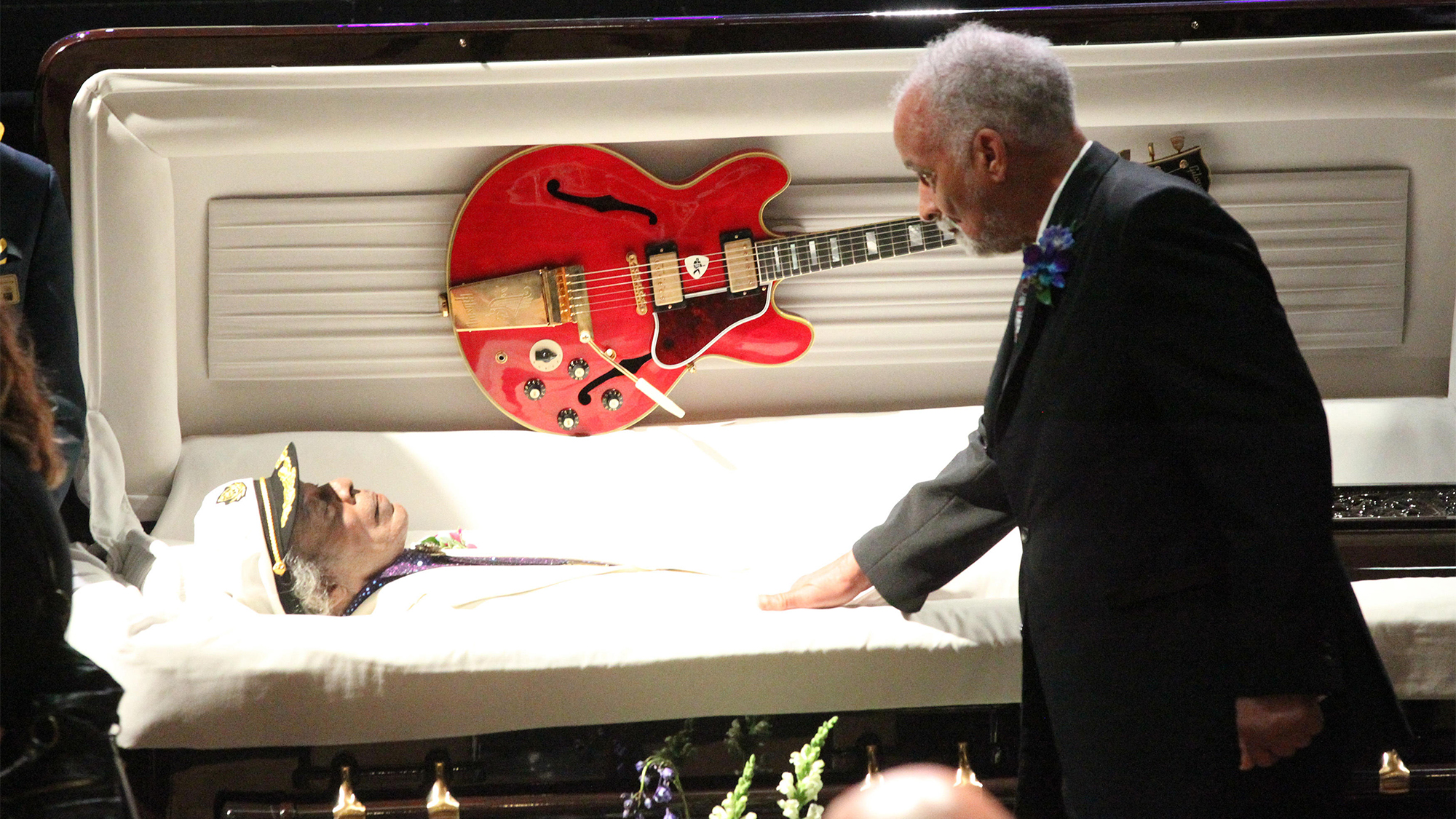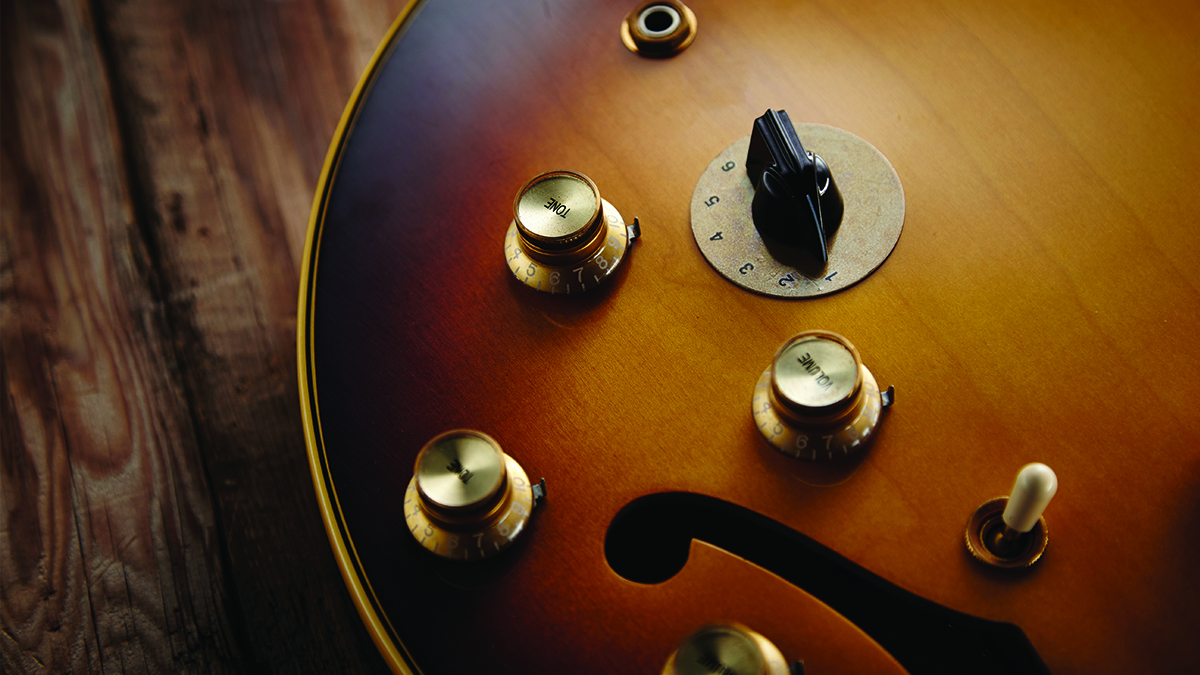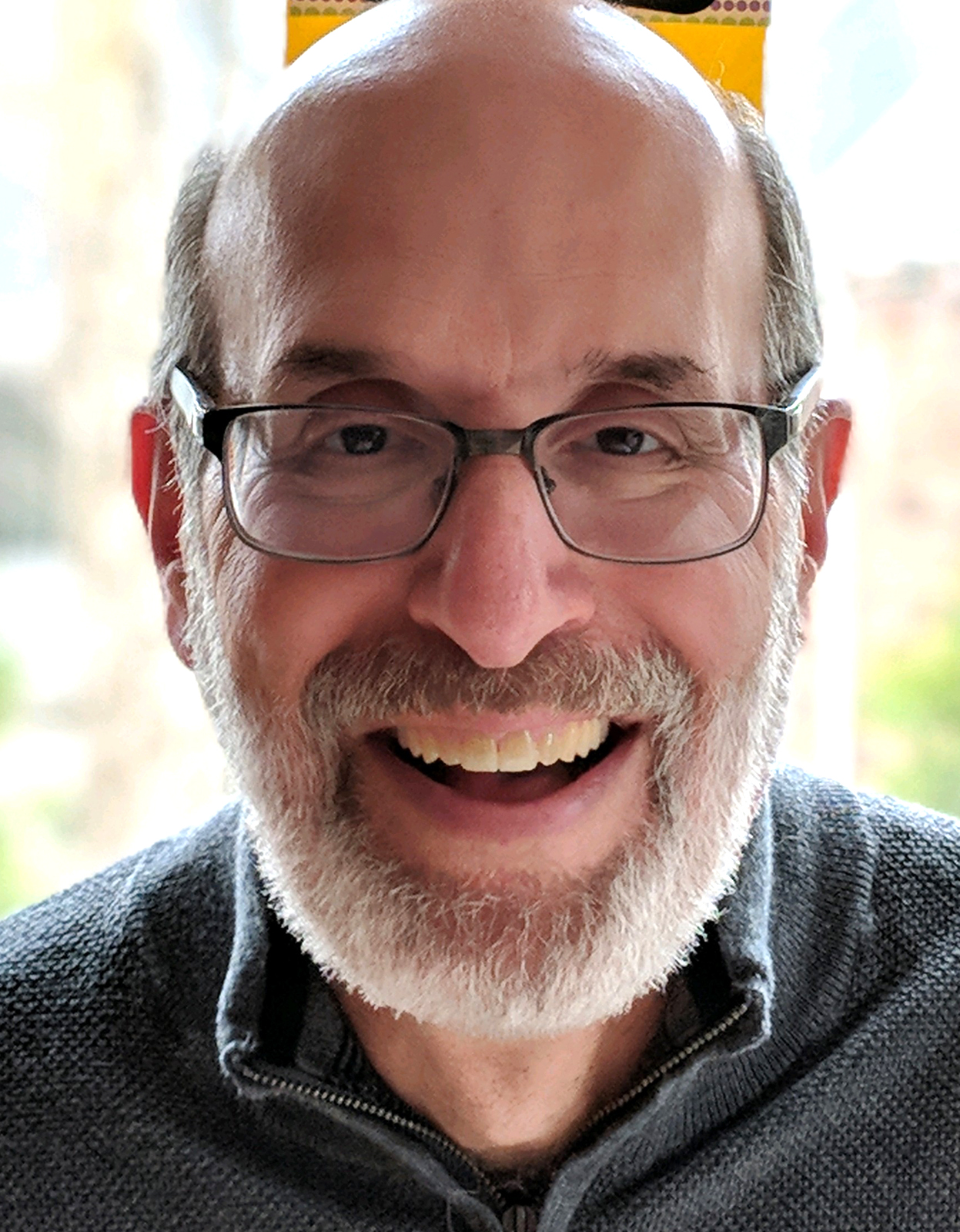“Oh my god, they’re closing the casket with that guitar in it!’” Chuck Berry was buried with a Gibson ES-355. His son reveals his family's brain-twisting task to honor the Father of Rock and Roll
The younger Berry says Gibson came to the rescue with a donated guitar as a "thank you" for Chuck's years of music and support

It's a well-known fact that Chuck Berry was buried with a Gibson ES-355 semihollow electric guitar to keep him company in the afterlife.
But the story of how the guitar came to join Chuck in his eternal resting place hasn't been fully revealed, until now.
As his son, Charles Berry, explains, it's “a crazy story, but absolutely true.”
Berry passed away March 18, 2017, at the age of 90, in his home near Wentzville, Missouri, an exurb of St. Louis. The guitar great died with uncanny — and unfortunate — timing: His 20th studio album, Chuck, his first record in 18 years, was about to be released that June.
“After dad’s passing myself, my mother and my sister Melody were making arrangements for dad’s celebration of life, picking out the casket and all that kind of stuff,” Charles Berry tells us. “The mortuary says, ‘Mr. Berry, the casket company we work with can do anything you want. They can truly customize this casket.’ And my sister Melody says, ‘Could they, like, put a guitar on it?’
“Then mom and Melody talked some more: ‘Can we make a guitar that can go on the casket?’
“And I’m like, ‘What?! Have you lost your… No!’"
Get The Pick Newsletter
All the latest guitar news, interviews, lessons, reviews, deals and more, direct to your inbox!
It was Melody who came up with the winning idea.
“She said, ‘How about if we make a guitar and have it inside the casket with him?’” Charles relates. “And my mom’s like, ‘Yeah, that’s a great idea!’
“They know I’m the guitar geek in the family, so they look at me and ask, ‘Can’t they do that? Or, why don’t we just use one of his guitars?’”
The idea of Chuck being buried with one of his treasured instruments would horrify most guitar fans and, especially, collectors and aficionados.
But Charles couldn’t even think that far ahead. He was focused on the physical problem of how to fit a semihollow guitar — even a thinline of the variety Chuck used for much of his career — inside a coffin.
“My head’s exploding,” he says, “’cause there’s only so much space inside, right?”
After further discussion, the two women prevailed upon him to contact Gibson to ask about customizing a guitar to fit inside the coffin.

Barry says he called the Nashville-based guitar maker and posed the question.
“There was dead silence on the other end of the phone for a minute," he says.
Eventually, he was referred to Tom Murphy, master artisan at the Gibson Custom Shop and the namesake creator of the Gibson Murphy Lab Collection. Charles says Murphy couldn’t have been nicer.
“He goes, ‘Charles, your dad is a treasure to us. We’ll just send you up a brand-new guitar and you can do whatever you want with it.'”
Gibson provided the red-finished ES-355 with a Maestro Vibrola, just like Chuck played for much of his career. Now Charles just needed a casket deep enough to accommodate his father and the ES-355.
“I had a contact with the casket company, so I got both parties on the line and said, ‘Okay, guys, you’ve got the general idea,’” he recalls. “The company found a casket in the system and said, ‘Well, y’know, there actually is enough room at the top…’
"So I said, ‘Okay, great, I’ve got to prepare for a funeral. Just keep me abreast of what’s going on.’”
Chuck's public viewing revealed the results of his family's effort. The ES-355 was mounted inside the coffin's lid, angled to match the guitarist's usual playing position, with the headstock pointed toward his feet. Between the strings was a white guitar pick bearing an image of a young Chuck playing a Gibson.
They were asking at the end of the service, ‘Mrs. Berry, we can take it out?’ And she goes, ‘No, no, no,’ it should go with him.’"
— Charles Berry
The viewing, held prior to the funeral on April 9, at the Pageant club in St. Louis, was attended by hundreds of mourners, including fans and fellow musicians like Paul Shaffer and Kiss bassist Gene Simmons, who offered an impromptu eulogy. The Rolling Stones sent a guitar-shaped floral arrangement with a note that read, “Thank you for the inspiration,” while letters were read from former U.S. President Bill Clinton, Paul McCartney and Little Richard.
The Gibson guitar displayed in the casket proved to be a memorable and touching tribute to Chuck. But apparently no one really thought the instrument would go with him to his final resting place.
“They were asking at the end of the service, ‘Mrs. Berry, we can take it out?’” Charles recalls. “And she goes, ‘No, no, no,’ it should go with him.’
“So when they’re about to say the benediction, they start to close the casket, and there was a gasp from everybody. There were probably 500 guitarists in the place, and I could hear, ‘Oh my god, they’re closing the casket with that guitar in it!’
“And eight years later, that’s where it still is, right now.”

Berry owned several Gibson ES guitars over the years, including ES-335, 345 and 355 models. He famously played an ES-350T to drive his amp into distortion on his breakthrough hit, “Maybellene,” from 1955. That guitar is now on display at the National Museum of African American History and Culture.
Charles still owns two of his father’s guitars and oversees the loan and donation of other instruments. He says Chuck “would go back and forth between the 335 and 345. But as soon as he got ahold of that first 335 he loved that, ’cause it still gave the full hollow-body tone but was a little smaller, a little heavier than the 350T.”
He adds that Chuck was especially fond of the 345 and 355 for their Varitone circuit and stereo outputs.
“He really liked the Varitone switch and twin outputs, so you could have the bridge pickup going one place and the neck pickup going to another. After 1968 or ’70, he used two Fender Dual Showman — two of those monsters — onstage, and he would get a Y-cord and plug the neck pickup into one amp and the neck pickup in the other and drive both of them.
“The secret weapon was the Varitone switch, because then he could change the phasing between the two pickups and get some sounds that were incredible.”

Berry liked the ES-355 so much that it was seen in his hands for much of his career from the 1970s onward. Fittingly, Gibson unveiled the Chuck Berry 1970s ES-355 as a limited-edition Murphy Lab Aged guitar in 2021.
Berry’s guitar tone and stylings would ultimately prove influential to a generation of guitar players, including John Lennon, George Harrison, Paul McCartney, Keith Richards, the Beach Boys, Bob Dylan and countless others, several of whom “borrowed” his music for compositions of their own.
His stage moves, including his famous duck walk, would also inform Michael J. Fox’s antics in the movie Back to the Future, where the actor performs a rousing version of Chuck’s hit “Johnny B. Goode” in the movie’s Enchantment Under the Sea high school dance scene. But while Chuck’s guitars are accounted for, the Gibson ES-345 Fox used remains at large and is the focus of a search launched by Gibson.
Gary Graff is an award-winning Detroit-based music journalist and author who writes for a variety of print, online and broadcast outlets. He has written and collaborated on books about Alice Cooper, Neil Young, Bob Seger, Bruce Springsteen and Rock 'n' Roll Myths. He's also the founding editor of the award-winning MusicHound Essential Album Guide series and of the new 501 Essential Albums series. Graff is also a co-founder and co-producer of the annual Detroit Music Awards.

